Gulf Oil Lubricants Records Highest-Ever Quarterly Performance, Plans INR 550 Million CAPEX
- By MT Bureau
- August 14, 2025

Gulf Oil Lubricants India Limited, a Hinduja Group company, has announced its unaudited financial results for the quarter ended 30 June 2025, reporting its highest-ever quarterly volume, revenue, and EBITDA. The company achieved double-digit volume growth, which was more than three times the industry growth rate. Consolidated quarterly revenue exceeded INR 10 billion for the first time.
On a standalone basis, the company's revenue from operations was INR 9.96 billion, a 12.57 percent increase YoY, with a Profit After Tax of INR 9.6 billion, up 9.81 percent YoY. Consolidated revenue reached INR 1.01 billion, an increase of 13.69 percent YoY and PAT grew by 12.90 percent to INR 951.7 billion, . The company's EV charger subsidiary, Tirex, also saw significant growth, with its revenue for the quarter increasing by over 163 percent.
Strategic Developments and Outlook
The Board of Directors has approved an INR 550 million capital expenditure (Capex) plan to increase manufacturing capacity by 70 percent, from 140 million litres to 240 million litres. This expansion will be spread over two years and is a key strategic initiative to support the company’s growth ambitions. The Silvassa plant's capacity will increase by 55 percent to 140 million litres, while the Chennai plant's capacity will double to 100 million litres.
Ravi Chawla, Managing Director and CEO, Gulf Oil, said, “The year began on a strong note, delivering yet another market leading performance achieving double-digit volume growth of 11% during the quarter, clearly over 3x the industry growth rate. This underscores the strength of our brand and continued trust of our consumers. Our EV charger subsidiary, Tirex, continued to perform well and closed the quarter with over 163 percent growth in topline catering to broader customer base."
Manish Gangwal, CFO, Gulf Oil, added, "We are quite excited to see our consolidated revenue crossing INR 10 billion as we concluded the quarter with highest-ever volume, revenue and EBITDA, driven by strong strategic execution resulting in profitable, volume-led growth.” He also noted that the company's operating profit for the quarter was Rs. 126.58 crores, a growth of 8.9% over the same period last year.
- ZF Group
- EXCON 2025
- ERGOPOWER Powershift Transmission
- ECOMIX I Hydrostatic Drum Drive
- MULTITRAC Axles
ZF Group to Present Vision For Future Of Construction At EXCON 2025
- By MT Bureau
- December 09, 2025
ZF Group will present its vision for the future of construction at EXCON 2025, highlighting how localised manufacturing and intelligent technologies meet the industry's demand for rapid development and operational flexibility. This vision is anchored by the company's new state-of-the-art plant in Coimbatore, a EUR-20-million facility dedicated to producing transmissions and axles under a ‘local for local’ strategy. This investment strengthens ZF's commitment to India, enabling it to deliver world-class, innovative solutions for both domestic and international markets from within the region.
The company's exhibit will demonstrate integrated systems engineered for greater productivity and sustainability. Key among these is the ERGOPOWER powershift transmission for wheel loaders, designed to achieve up to 15 percent fuel savings and up to 40 percent gains in productivity. It is complemented by the durable MULTITRAC axles, which feature a compact design and efficient wet multi-disc brakes for heavy-duty applications. This combined driveline solution also empowers backhoe loaders, providing the robust performance needed for intense digging and loading cycles.
For mixer trucks, ZF offers the ECOMIX I hydrostatic drum drive, a compact and rugged system known for high reliability, easy installation and a long service life. Beyond driveline components, ZF is advancing vehicle control with its latest brake-by-wire technology. This system represents a significant shift by using electronic signals to manage deceleration, eliminating the need for hydraulic lines in the cab. This innovation is a foundational step towards enabling future remote and autonomous operation for off-highway machinery.
Through these targeted solutions and its strategic manufacturing footprint, ZF Group positions itself as a pivotal partner in building efficient, high-performance and increasingly automated construction equipment.
Akash Passey, President, ZF Group India, said, “At ZF Group, we’re proud to deepen our commitment to India’s dynamic construction sector by expanding local production of transmissions and axles in the recently inaugurated plant at Coimbatore. This strategic investment aligns with the Group’s ambition for the region and is aligned with the Government of India’s ambitious infrastructure push. Our advanced product portfolio is designed for unwavering reliability and is in step with the market trends towards cleaner, smarter and digitally enabled machines.”
Marelli Unveils Intelligent Energy Management System For Hybrid And EVs At CTI Symposium
- By MT Bureau
- December 03, 2025
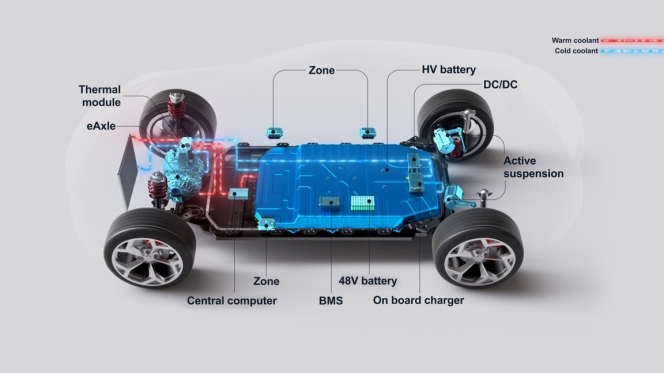
Marelli, a global mobility technology supplier, unveiled its new solution for Intelligent Energy Management for hybrid and electric vehicles at CTI Europe 2025 in Berlin, Germany.
The modular system is based on proprietary software that can be integrated with vehicle and zonal control units and thermal components. This holistic approach coordinates seamlessly across the vehicle’s three main energy domains: thermal, propulsion and electronics. This maximises efficiency across all vehicle systems, delivering enhanced battery range, optimised fast charging and improved longevity, all while maintaining cabin comfort and operational reliability.
Marelli's new Intelligent Energy Management system is aimed at advancing both hybrid and electric propulsion solutions, as well as Software-Defined Vehicle (SDV) technologies.
The system was developed by integrating advanced digital twin methodologies and software strategies. This approach significantly reduces development time and costs while enabling collaboration with customers.
Thermal Domain: The system manages and optimises thermal flows, ensuring precise control of heating and cooling processes within the vehicle. Algorithms intelligently manage complex thermal systems, regulating temperatures to optimise overall performance and extend battery life. These strategies reduce energy losses and promote reuse of excess thermal energy.
Electric/Hybrid Propulsion: The system continuously monitors and adjusts power delivery to optimise energy distribution. This maximises battery efficiency and vehicle performance. By recovering energy and balancing its distribution, the system extends driving range and enhances resilience.
Electronics Domain: The solution enhances the intelligence and integration of vehicle systems by facilitating seamless communication between all components and systems. Data exchanges occur over communication protocols – from CAN to Ethernet – enabling direct management of sensors and actuators.
The development of a digital twin application allows for virtual modelling of every vehicle subsystem, including electronics, electromechanics, thermodynamics, and hydraulics. By creating virtualised car models, automakers can iterate faster and test more efficiently.
Giovanni Mastrangelo, Head of R&D for Marelli's Propulsion business, said, "Intelligent energy management is the central challenge facing today’s electric and hybrid vehicle development. At Marelli, we address this by delivering solutions that not only optimise energy flow across thermal, electric and propulsion domains, but also minimise losses and recover excess thermal energy. Through our digital twin and decoupled software approach, we empower our customers to reduce development timelines, gain flexibility and accelerate adoption of cutting-edge technologies, driving the future of sustainable and efficient mobility."
- Tata AutoComp Systems
- International Automotive Components Group Sweden
- IAC Sweden
- Artifex Systems
- Arvind Goel
- Manoj Kolhatkar
- Anders Ericson
- Anurag Bhushan
- Jan Thesleff
- Sven Ostberg
Tata AutoComp Completes Acquisition Of IAC Sweden, Rebrands Entity As Artifex Systems
- By MT Bureau
- December 02, 2025
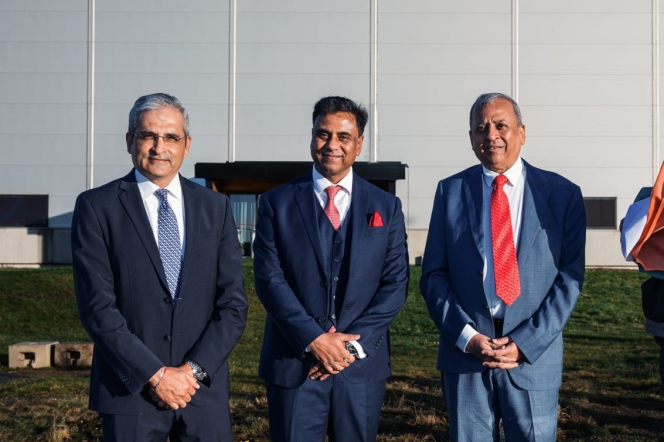
Tier 1 automotive supplier Tata AutoComp Systems has completed the acquisition of the assets of International Automotive Components Group Sweden (IAC Sweden), a European automotive component manufacturer specialising in interior and exterior systems. IAC Sweden has an annual turnover of approximately USD 800 million.
Under the Tata AutoComp Systems Group, the entity will operate as Artifex Systems.
This acquisition will strengthen Tata AutoComp’s presence in Europe and enhance its partnerships with key European OEMs across passenger and commercial vehicle segments. The integration combines design, engineering and system-level capabilities with manufacturing, precision painting and assembly expertise in the automotive space.
Arvind Goel, Vice-Chairman, Tata AutoComp Systems, said, “We are delighted to welcome IAC Sweden, now Artifex Systems AB, into the Tata AutoComp family. This transaction aligns with our long-term vision of strengthening our global presence and deepening our relationships with European OEMs. They have a rich legacy of delivering high-quality interior & exterior solutions, and together, we aim to build on that foundation. We have a well-defined plan to strengthen the Artifex brand by bringing together Artifex Systems AB, Artifex Slovakia, and Artifex Interior Systems under one cohesive and unified identity.”
Manoj Kolhatkar, MD & CEO, Tata AutoComp Systems, stated, “IAC Sweden, now Artifex Systems AB brings with it advanced manufacturing capabilities and a highly skilled workforce with deep expertise in automotive interior & exterior systems. Their strong commitment to quality complements Tata AutoComp’s focus on delivering value to global customers. We look forward to leveraging these strengths to enhance our competitiveness and expand our global footprint.”
Anders Ericson, Vice-President – Operations, Artifex Systems, said, "We are excited to begin this new chapter as part of the Tata AutoComp family, opening new opportunities for growth and collaboration. This marks a new phase of progress, bringing possibilities to strengthen our capabilities, expand our reach, and contribute to Tata AutoComp’s global vision."
Ambassador of India to Sweden, Anurag Bhushan, added, "I am pleased to see IAC Sweden, now Artifex Systems AB, becoming part of Tata AutoComp. I am confident that under Tata AutoComp, Artifex Systems will evolve and grow, driving economic growth in the region. This acquisition is also a reflection of the potentialities for collaboration between India and Sweden."
Jan Thesleff, Ambassador of Sweden to India, said, “The revitalisation of IAC Sweden (now Artifex Systems AB) by Tata AutoComp will ensure continuity for Swedish customers, safeguard employment, and strengthen manufacturing capability. We recognise the long-standing and strategic engagement of Tata AutoComp, a reputed company within the esteemed Tata Group, within Sweden’s industrial landscape. We welcome this development and value Tata AutoComp’s continued partnership in supporting the stability and growth of Sweden’s automotive ecosystem.”
Sven Ostberg, Consul General of Sweden in Mumbai, also added: “We are happy that IAC Sweden (now Artifex Systems AB) is now part of the Tata AutoComp Group. This development will help ensure the smooth functioning of the three plants, provide continued support for Swedish customers, and maintain continuity of employment, while further strengthening the resilience of Sweden’s automotive component ecosystem.”
Valeo Targets Tripling Sales In India To EUR 700 Million By 2028 Under Elevate 2028 Plan
- By MT Bureau
- November 20, 2025
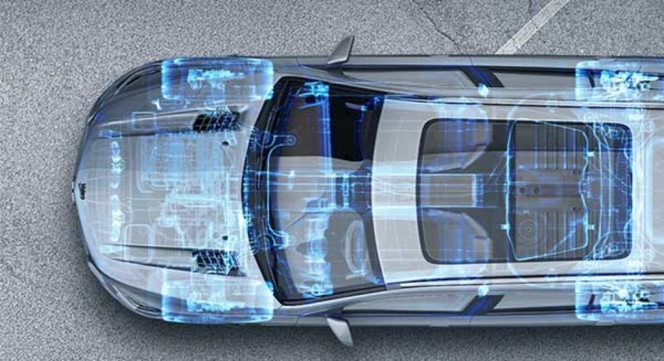
French tier 1 supplier Valeo has outlined its new financial trajectory, ‘Elevate 2028,’ focusing on financial strength and growth, with a specific emphasis on expanding market share in key geographies, including India.
The company sees India as a market undergoing a deep transformation, perfectly positioning Valeo to benefit from increasing demand for advanced features and the electrification of vehicles.
Valeo expects significant growth in its Indian market operations over the plan's duration. The company forecasts its sales in India will nearly triple from EUR 220 million in 2024 to approximately EUR 700 million in 2028.
Globally, the Elevate 2028 plan aims to steadily improve profit, generate higher cash, and return to sales growth. The plan is powered by three ‘engines’: steadily increasing profit from 2022, generating higher cash from 2025 and returning to sales growth from 2027.
Christophe Perillat, CEO, Valeo, said, “Since 2022, our Move Up plan has ensured that we are well positioned in terms of technology to succeed in the market and has laid the foundations for significant financial improvements, resulting in a steady improvement in Group profit and cash. As we embark on the next stage with our Elevate 2028 plan, we intend to capitalise on these achievements and to further improve our financial fundamentals. To do this, our plan will be powered by three engines. The first engine is a steady increase in profit. It started in 2022 and will carry on delivering. The second engine, generating higher levels of cash, has just been fired. 2025 represents a turning point in the evolution of our business model and confirms our ability to generate more cash. The third engine will be the return to growth. It will kick in in 2027, as our strong order book translates into sales."


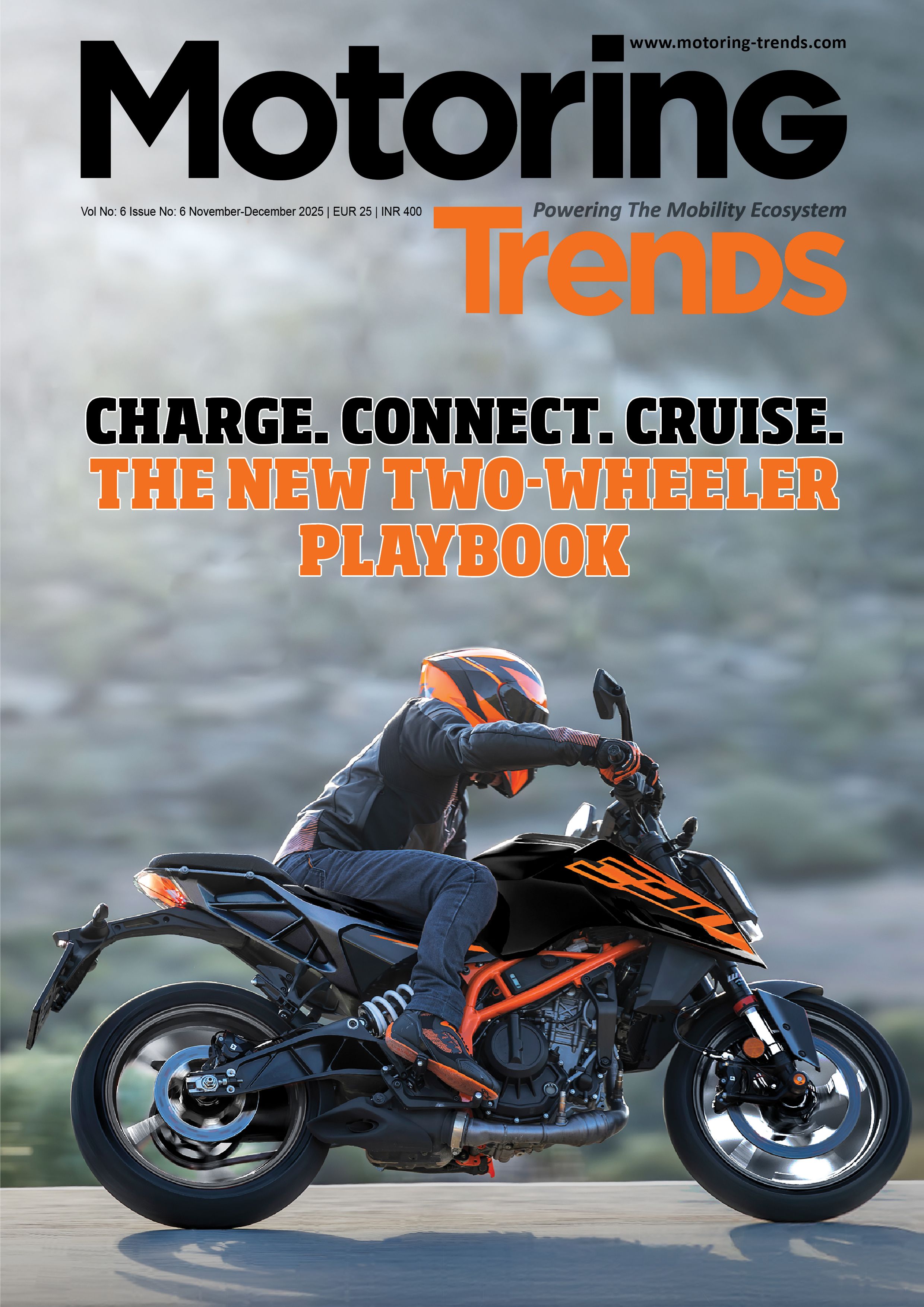
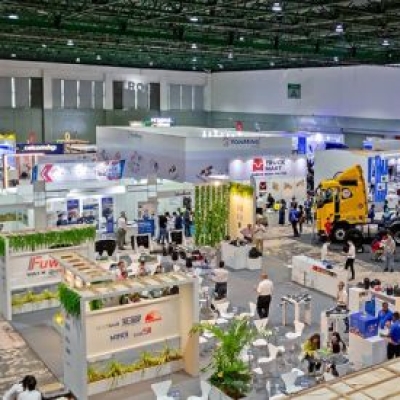


Comments (0)
ADD COMMENT